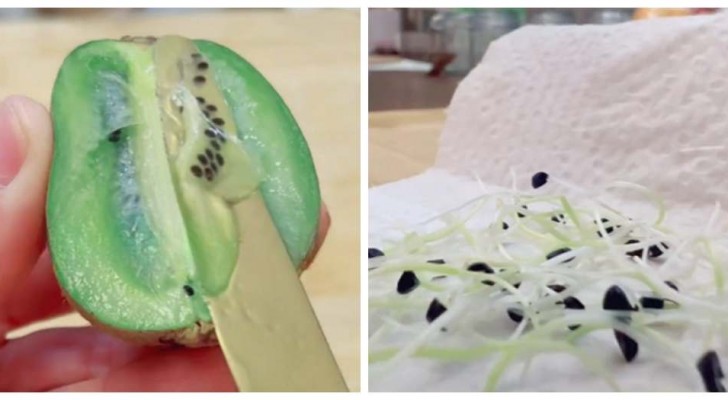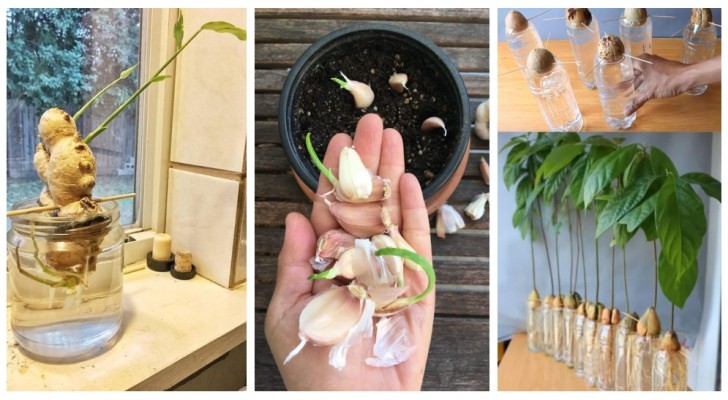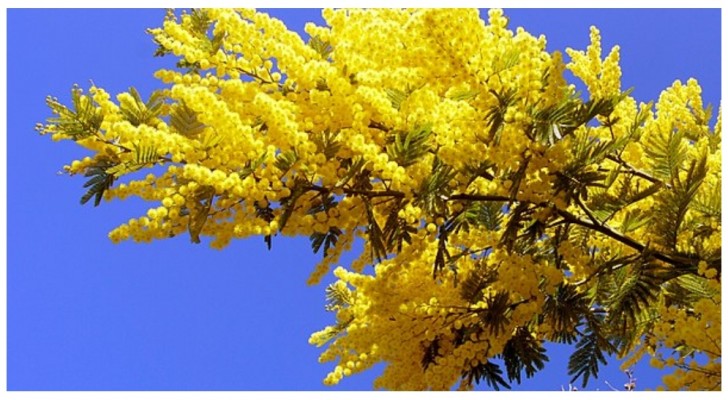Watering orchids with ice cubes - does it really work? How do you do it?

There are many people who love to have an orchid at home, and in most cases the variety that is most commonly grown indoors is the Phalaenopsis orchid - much loved for its abundant flowering. In nature, these plants are epiphytes, so they live in trees instead of on the ground. Their roots are in fact, able to absorb the humidity present in the air, since they grow much more readily in warm and humid ecosystems than in our homes.
This means that for us the problem arises of recreating these conditions as closely as possible: the temperature is often not a big problem, but the right amount of water and humidity can be a bit difficult to understand if you are a beginner. Thus, a "smart" and easy method has become popular online, which consists of using ice cubes for the weekly irrigation of these plants.

The ice cube method
Just put three ice cubes (or 4-5 if they are very small) once a week onto the soil. It is very important that they are not in contact with the leaves, to which they could cause damage - nor must they be in contact with the stems of the plants. Place the cubes towards the edges of the pot, also trying not to place them directly above the roots. It is true that some studies have shown that they do not rot and that a temperature change is not necessarily harmful, but it is always better not to take risks.
How to water orchids
The method using cubes can work as an alternative when you are afraid of watering the plants too much or too little, since melting the ice sublimates water in small quantities to attempt to recreate the humid environment suitable for these plants; but in reality the way that is most recommended is decidedly different.
- First of all, water as soon as there is no more residual moisture in the substrate. To check it, you can insert a finger and feel if there is any wetness under the surface, or by experience get to understand, by lifting the vase, if it has become very light - if it has, it means that the water has partially or completely evaporated.
- Put the orchid pot in a basin full of water, or even in the sink tub (or the one in the bathroom): they must remain immersed in water for at least 10 minutes but half an hour standing time is best. Then drain the water and let the pot continue to drain from the drainage holes.
- Pay attention to the water level: it must not touch the rim of the pot. There should only be sufficient enough water, so it reaches a third to half of the pot. If water gets to the rim or leaves, be sure to use absorbent paper to remove excess water at those points.
While soaking in water, orchid roots (which are covered with velamen - a thin, spongy membrane that stores water), quickly become soaked in water and their color becomes darker and greenish. In fact, the root itself is a much thinner tube than what we see, hidden by all the "spongy" covering. This configuration stores the water and then the roots slowly absorb it in the following days / weeks. This is why, when the outermost part of the roots no longer finds water in the substrate (therefore when this has completely dried), it will be necessary to water everything again abundantly.
In short, a thorough and more sporadic watering is better than watering too often or even better than using ice cubes.





